Just some insight: I am fifteen and have been researching capacitors for a while now.
I have come up with the idea of building a supercapacitor power supply unit solely to power some small electronics (likely 5 V at 500 mA at the absolute maximum).
I know this might be overkill, considering a few rechargeable AA batteries would do the same thing for around a few years, but I am looking at capacitors solely for the reason that they can be charged and discharged rapidly and can last for decades under the right conditions.
Now for the actual project itself. I plan on getting three supercapacitors and combining them for a total of 800 F at 8.4 V. I did 8.4 V because I want the first time constant of the capacitor to be directly be converted into 5 V, in theory lasting longer than a 5 V capacitor that would immediately drop voltage after a few minutes.
To regulate the voltage I plan on using a buck converter to output 5 V and some feedback LCDs. I am not entirely sure if it is even reasonable to wire a supercapacitor to a buck converter and for how long the capacitor might last under varying current draw. From what I have guessed the capacitor would slowly allow less and less maximum current, and I want a cutoff switch to account for the voltage/current drop. If anyone might have some insight on this project, let me know.
A few of the parts I have been looking at:
- 3 x 800 F, 2.8 V capacitors
- 1 x Power converter
- 1 x cutoff switch (I don't know if the power converter already does that when voltage is below the operating levels)
- 1 x charging circuit to output the voltage needed.
(Edit) I plan on changing the cap setup to 2.8 volts and 2400 Farad and hooking it up to a boost converter. In an ideal situation, the capacitors would now be parallel to each other, supposedly adding capacitance.
Here is my bad semantic trying to explain the circuit. Note that the capacitors are only 8 Fards because my simulator does not go any higher.
